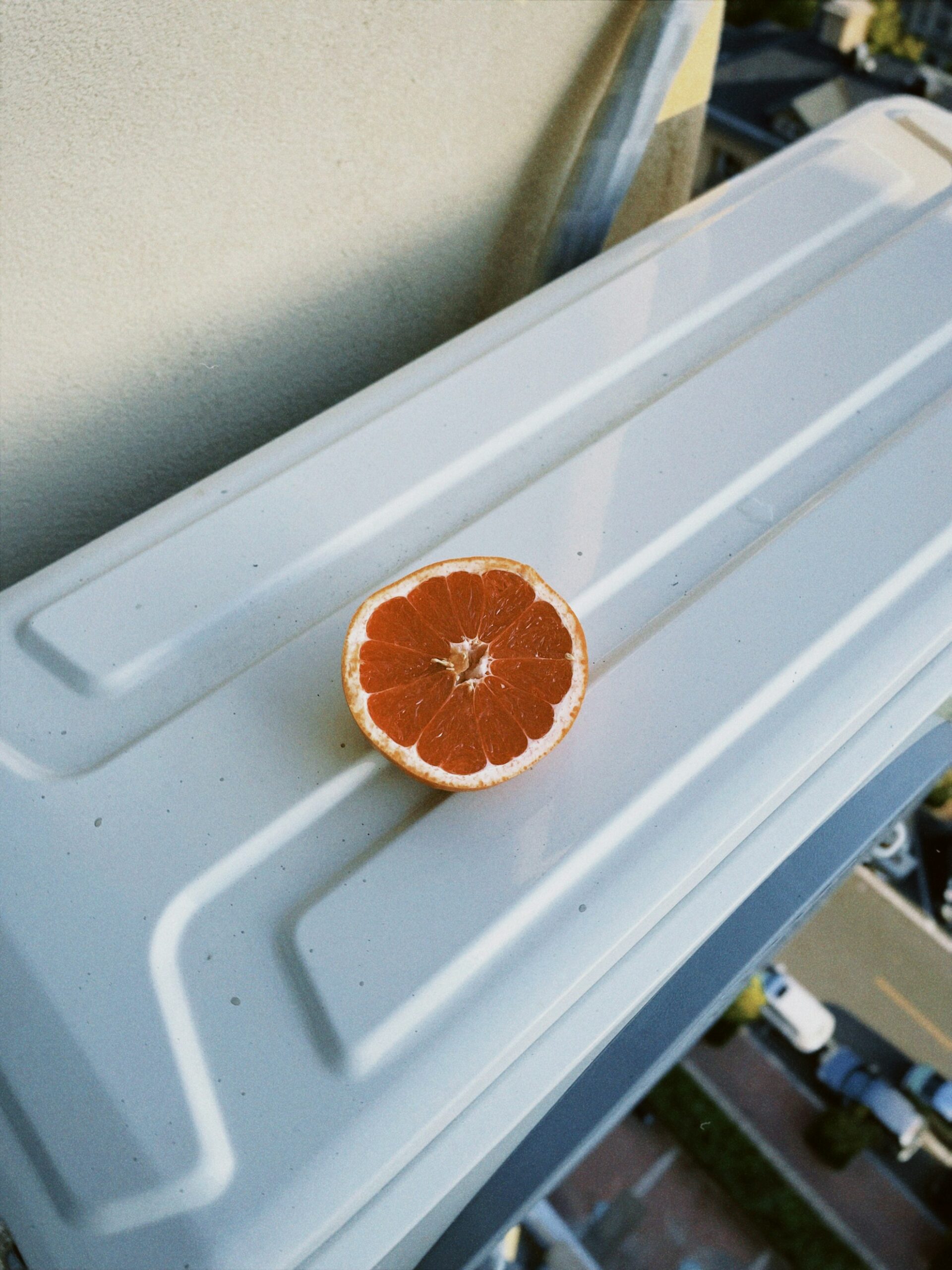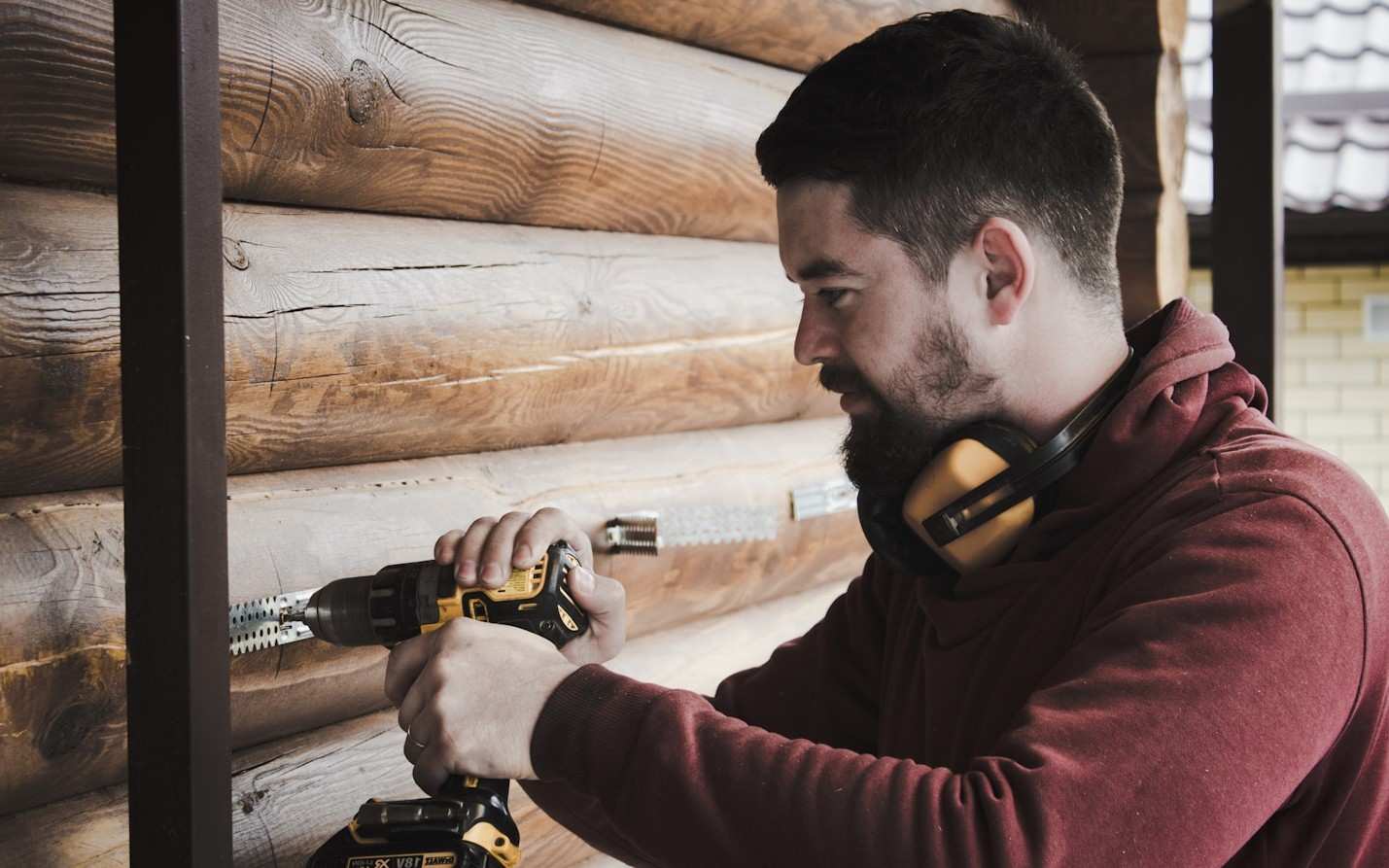Fixing a refrigerator may involve numerous problems, from easy solutions like changing a light bulb to complicated repairs.
Analysis
Determining the issue is the first step in fixing a fridge. This typically includes checking several parts like the condenser coils, compressor, thermostat, evaporator fan, and defrost timer. At times, the problem is obvious, like when a refrigerator isn't cooling, but other times it needs more thorough examination.
Instruments and Devices
Fixing a refrigerator usually needs specific tools and gear, such as screwdrivers, wrenches, multimeters, and occasionally exclusive tools for reaching particular parts. Safety gear like gloves and safety goggles might also be required.
Frequent Issues
1. Refrigerator not cooling: This can be caused by various factors such as a malfunctioning compressor, faulty thermostat, damaged evaporator fan, or dirty condenser coils.
2. Excessive Frost Build-up: Frost build-up inside the freezer or refrigerator compartment can indicate issues with the defrost system, such as a defective defrost heater, thermostat, or timer.
3. Water Leaks: Leaks inside or around the refrigerator can be caused by a clogged defrost drain, damaged water supply line, or malfunctioning water inlet valve.
4 .Strange Noises: Unusual noises like buzzing, rattling, or humming may indicate problems with the compressor, condenser fan, evaporator fan, or other mechanical components.
5.Faulty Lights:: If the interior lights of the refrigerator or freezer are not working, it could be due to a defective light bulb, socket, or door switch.
6. Door Seal Issues: A damaged or worn-out door seal (gasket) can lead to warm air entering the refrigerator, causing it to run inefficiently and increasing energy consumption.
Repair Process.
1.Turn Off Power: Before beginning any repairs, it's crucial to unplug the refrigerator or turn off its power source to prevent electrical accidents.
2. Access Components: Depending on the issue, accessing the relevant components may require removing shelves, drawers, and panels. This may involve unscrewing fasteners or releasing clips.
3. Leaks inside Replace Faulty Parts: Once the problem is identified, defective components can be replaced. This might involve ordering replacement parts from the manufacturer or a third-party supplier.
4 .Reassemble and Test: After replacing or repairing components, reassemble the refrigerator and plug it back in. Test the unit to ensure that the problem has been resolved and that it's functioning properly.

Protection Measures
When fixing a fridge, it's crucial to follow safety measures to prevent personal injury or appliance damage. This involves unplugging power sources, gently handling components, and adhering to correct procedures specified in repair manuals or guides.
Specialist Help
Certain fridge repairs might be intricate or need expert knowledge. Under these circumstances, contacting a certified appliance repair expert is wise to guarantee safety and correct problem resolution.
Bear in mind that consistent care and punctual mending can increase your refrigerator's longevity and avoid more serious troubles in the future.


